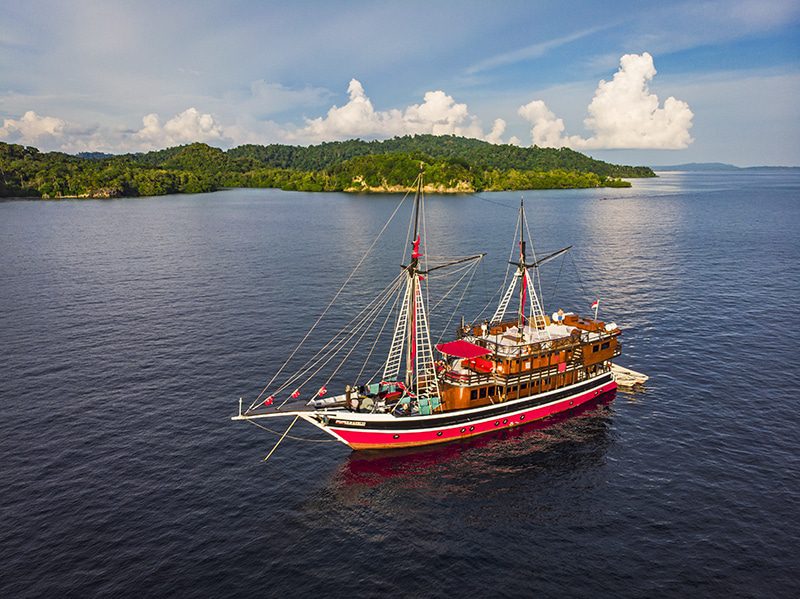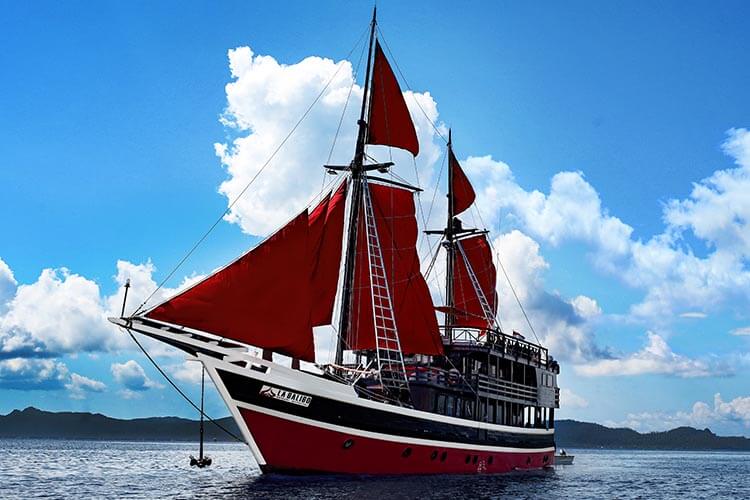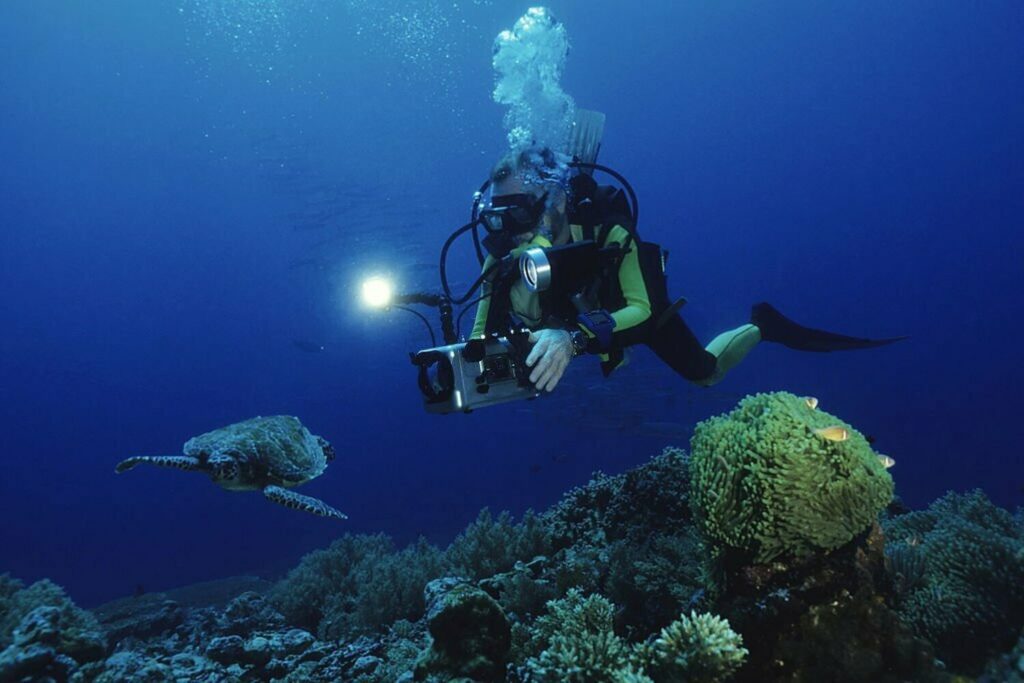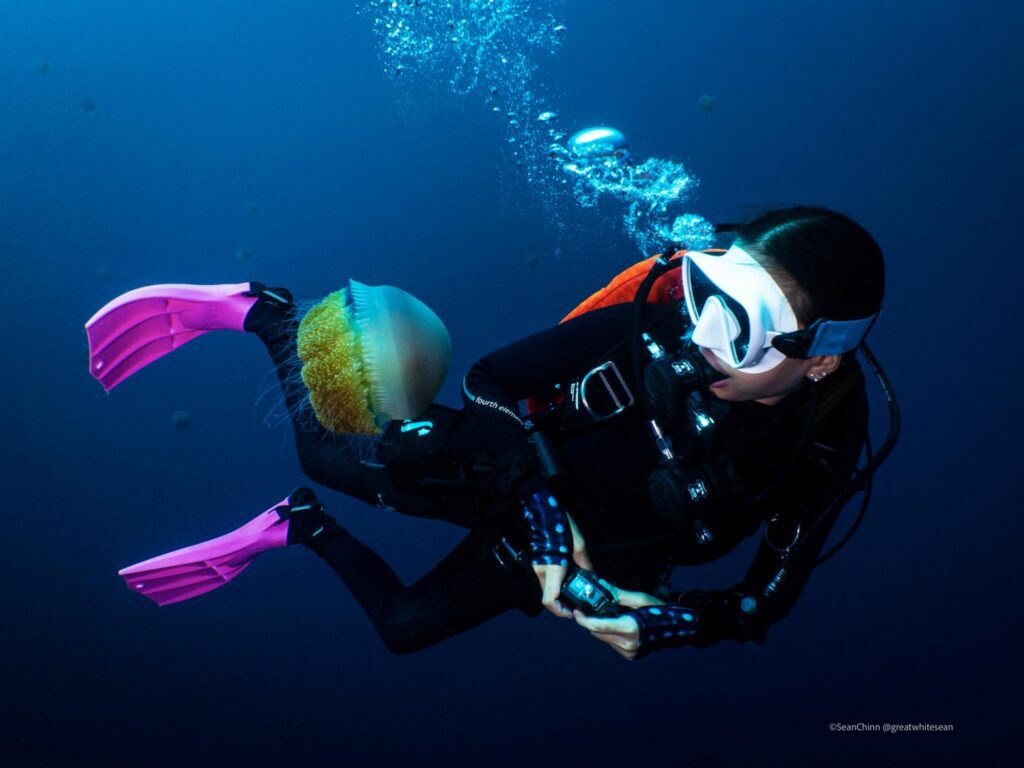Drysuit Diving: The Advantages, Challenges and Everything You Need To Know
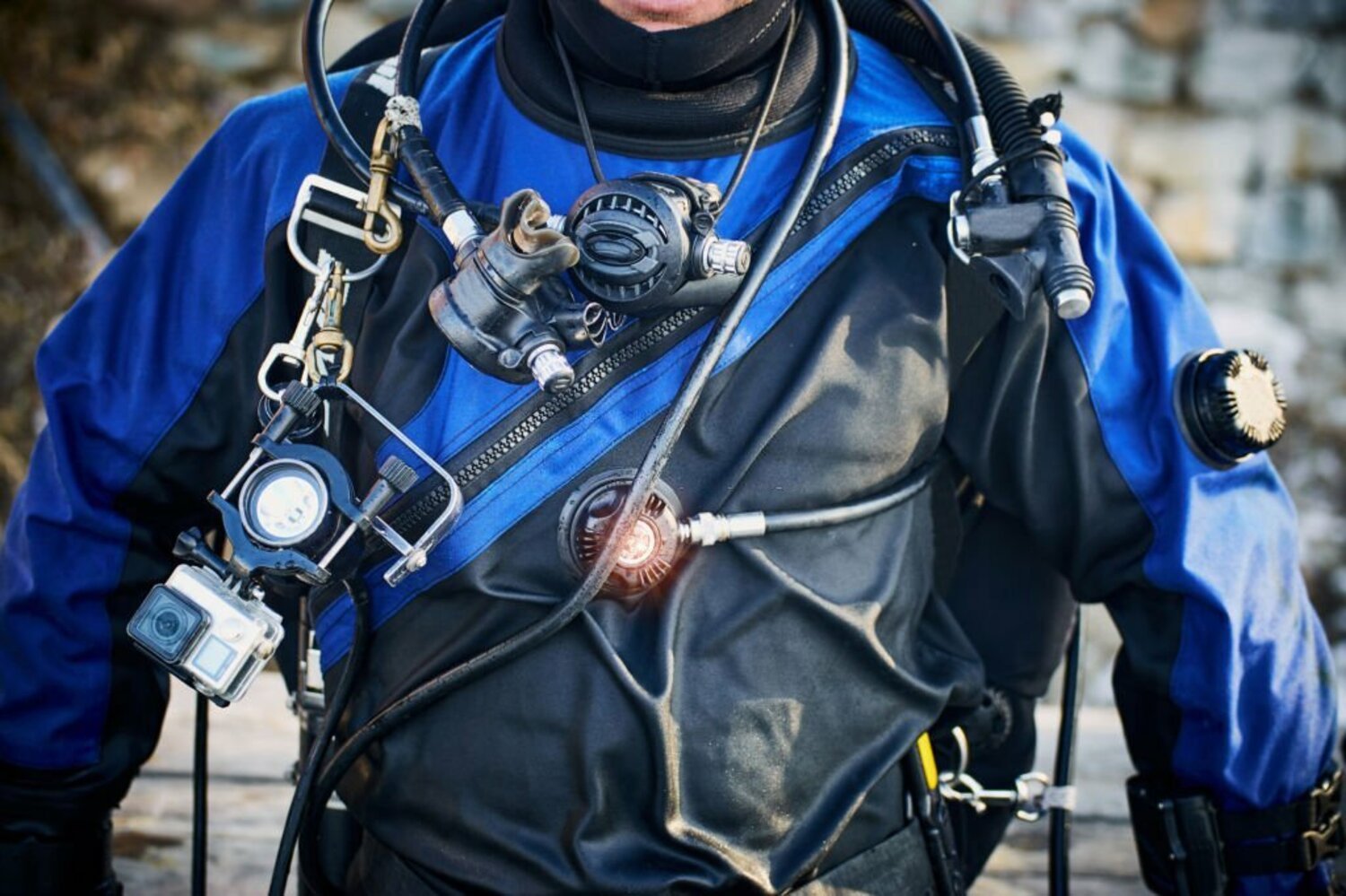
Drysuit diving can appear like a daunting task to novice divers, particularly if you don’t know what it entails. In reality, drysuit diving is a ton of fun and creates a whole new avenue for exploring cold water diving locations worldwide. We’ll cover all you need to know about drysuit diving if you’ve ever been curious about it. For details on everything from safety instructions to what to look for when purchasing a drysuit, and even where to find the best places for drysuit diving worldwide, keep reading.
Everything you need to know about drysuit diving is right here!
What is drysuit diving?
You can dive without getting wet and stay warmer by wearing a drysuit. Water conducts heat away from the body at least 20 times faster than air, as you may recall from your dive training. This means that if you don’t have the proper exposure suit, diving in cold water can be extremely uncomfortable.
When cold water diving, you use a drysuit to create an air layer around your body to keep water out. Divers are kept dry from the neck down by a tight, waterproof seal, and you can add air without letting water in thanks to the integrated inflation system. This keeps you warm and shields divers from hypothermia, resulting in a far more comfortable dive.
Advantages of Drysuit Diving
With a drysuit, you can enjoy cold-water diving and the unique underwater ecosystems that exist in subzero temperatures. Many drysuit enthusiasts will tell you that diving in a drysuit can be addictive because you never have to worry about being wet and cold when you get out of the water because the drysuit keeps you, well, dry! That means no more salty skin, prune-like hands, or tangled hair! You can enjoy a cold-water dive before heading to a five-star restaurant for dinner without needing to shower.
However, there is one disadvantage of drysuit diving: you cannot pee in your drysuit! In a wetsuit, relieving yourself underwater is simple and can even be used to warm up on longer dives. However, because the purpose of a drysuit is to keep you completely dry on the inside, there is no opportunity to “go” on cold-water dives, so make sure you do it before you suit up!
Challenges of Drysuit diving
The added advantage of dry warmth also presents a major challenge: neutral buoyancy is harder to maintain because the entire suit’s air-filled lining acts as a buffer between your body and the chilly sea. In order to obtain neutral buoyancy, a diver wearing a drysuit might have to add more weight to the weight belt. It is crucial to perform a buoyancy check prior to diving in a drysuit.
When diving in a drysuit, some people frequently run into the issue of “floaty feet.” Light ankle weights are an easy way to counteract this. When diving in a drysuit, as opposed to a wetsuit, the diver must regulate their buoyancy by pumping air into the suit through the chest valve and letting go of air through valves on the wrist or shoulder, as opposed to using the BCD.
What a Drysuit Should Have
Neoprene and membrane are the two primary materials used in drysuits. Although lightweight and flexible, a membrane drysuit’s three-layered construction doesn’t offer any extra warmth. This means that buying additional underwear to wear underneath the drysuit will probably be necessary. Neoprene drysuits are basically very thick, waterproof wetsuits. Despite being heavier, these keep you warm without the need for extra underwear.
You must have your measurements taken in order to determine your required size before trying on drysuits. For safety purposes, the fit of your drysuit is crucial. Wearing a suit that fits correctly and doesn’t limit your range of motion is essential.
If you use the incorrect size drysuit seal, water will seep into your suit. When diving in the Arctic, this is definitely not what you want! Generally speaking, if you can easily slide your fingers between the seal and your skin, the seal is too large.
To ensure that you can comfortably navigate underwater, you should also ensure that your suit has a decent range of motion. On your dive, a suit that limits your range of motion could potentially put you in danger. For a proper fit, make sure you measure correctly for a drysuit and thoroughly inspect your seals before every dive.
Enjoy a Diving Trip in Raja Ampat and Komodo with La Galigo Liveaboard
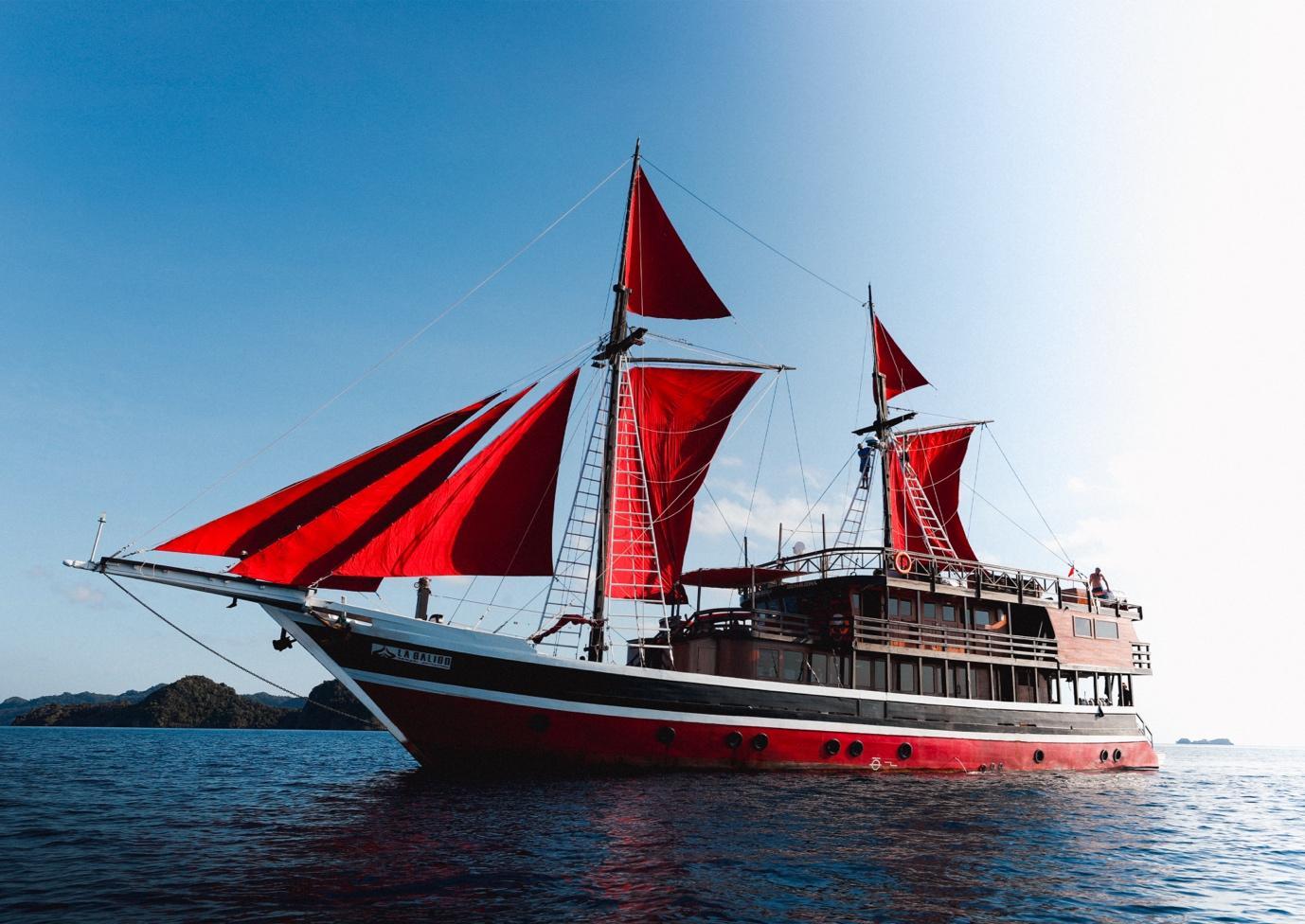
La Galigo is known as one of the best liveaboard diving boats in Raja Ampat Indonesia, and it offers trips to well-known diving destinations such as Komodo and Raja Ampat. The Coral Triangle is located in Indonesia, which has the highest marine biodiversity on the planet.
La Galigo Liveaboard Diving was founded in 2015 by two avid divers who wanted to explore some of Indonesia’s pristine reefs but found that all existing scuba diving options were frequently out of their budget, and wanted to provide an affordable option for everyone to be able to explore these beautiful places.
La Galigo Liveaboard Diving in Raja Ampat & Komodo is a friends and family affair, and our liveaboard diving trips are always focused on fun, safety, guest comfortability, and are exceptional value for money. Our trip prices range from $2,160 for a six-day Komodo liveaboard diving trip to $3,375 for an eight-day Raja Ampat liveaboard diving trip. The price includes four meals a day, diving three to four times a day or snorkelling, and land tours.

